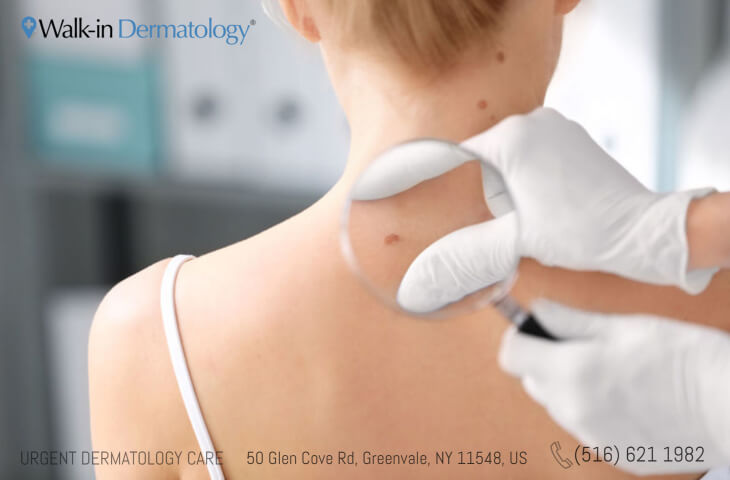Renew your appearance with a professional chemical peel.
Renew your appearance with a professional chemical peel.
Blog Article
Mohs Surgical Procedure Explained: A Key Treatment in Dermatology for Managing Skin Cancer Properly
In the world of dermatology, Mohs surgical procedure stands as a crucial treatment for combating skin cancer cells, specifically basal cell and squamous cell carcinoma. What precisely makes Mohs surgical treatment so efficient and how does it contribute to positive patient outcomes?
Understanding the Fundamentals of Mohs Surgery
Although it may sound facility, Mohs surgical treatment is an accurate medical method made use of mainly to treat skin cancer cells. The primary purpose of Mohs surgical treatment is to get rid of all cancer cells while sparing as much healthy and balanced tissue as feasible. Its precision and high success price have made Mohs surgical procedure a cornerstone in dermatology, supplying hope to clients worldwide.

The Procedure: Step-by-Step Break Down of Mohs Surgical Treatment
While Mohs surgery might seem overwhelming, understanding the step-by-step treatment can help demystify the procedure. The treatment starts with the doctor eliminating a thin layer of noticeable malignant skin. This layer is then very carefully analyzed under a microscope for cancer cells. If cancer cells are identified, the cosmetic surgeon removes another layer of skin and the procedure is duplicated. This cycle continues until say goodbye to cancer cells are located, ensuring the total removal of cancer cells while protecting as much healthy skin as possible. The wound is then closed using stitches, a skin graft, or it may be entrusted to recover normally. Postoperative treatment is important to advertise recovery and screen for any type of signs of recurrence.
The Advantages of Mohs Surgical Procedure in Skin Cancer Therapy
An excellent number of people have found the unique benefits of Mohs surgical procedure in their fight versus skin cancer cells. Related to for its precision, this technique targets malignant cells while protecting bordering healthy and balanced tissue, bring about marginal scarring. Its high precision minimizes the chance of cancer cells reoccurrence, giving clients with satisfaction. The procedure is generally carried out on an outpatient basis under local view it now anesthetic, making it less straining on the body than even more intrusive surgical treatments. Additionally, as it includes immediate tiny exam of the gotten rid of cells, it ensures total cancer cells removal in look at this now a solitary browse through. Thus, it gets rid of the demand for several surgeries, conserving time and decreasing anxiety for patients. Mohs surgery provides a remarkable alternative for efficient skin cancer treatment.
Feasible Risks and Difficulties Related To Mohs Surgical Procedure
Regardless of its numerous benefits, Mohs surgical procedure is not without potential dangers and difficulties. Like all procedures, it carries a threat of infection, bleeding, and an unfavorable response to anesthetic. In rare instances, clients might experience nerve damages, bring about feeling numb or weakness in the location of surgical treatment. There's also the opportunity of a reoccurrence or spread of skin cancer, particularly if all malignant cells were not totally removed throughout the wikipedia reference treatment. Marking is one more concern, as it can be noticeable depending upon the size and area of the cured area. The psychological effect of a skin cancer cells medical diagnosis and subsequent surgical procedure must not be underestimated, as it can lead to stress and anxiety and clinical depression in some patients.
Planning for and Recovering From Mohs Surgical Treatment: What to Expect
To ensure the ideal possible end result from Mohs surgical treatment, clients require to effectively prepare for the procedure and recognize what to expect throughout healing. Some drugs may need to be quit before the surgical procedure to reduce blood loss. The secret to recuperation is individuals' adherence to their healthcare provider's directions.
Conclusion

Report this page